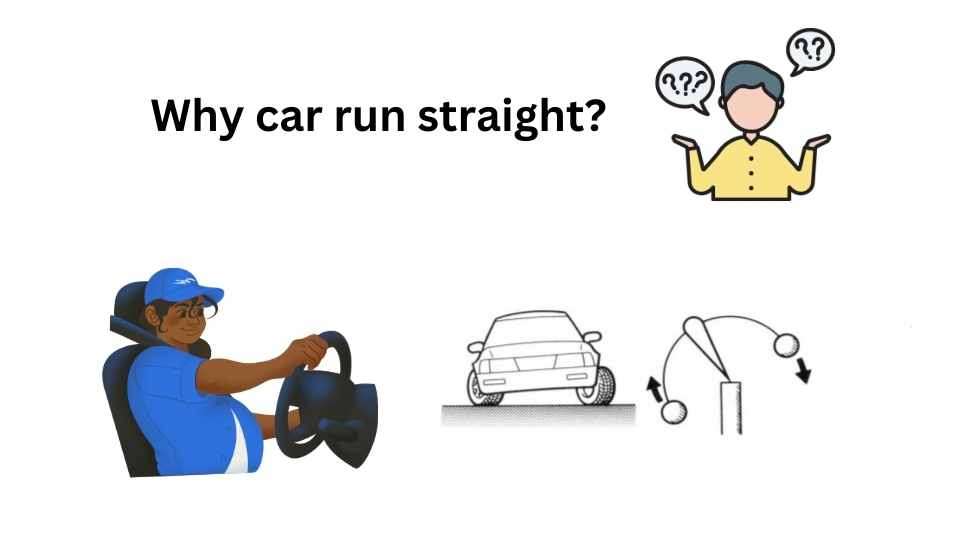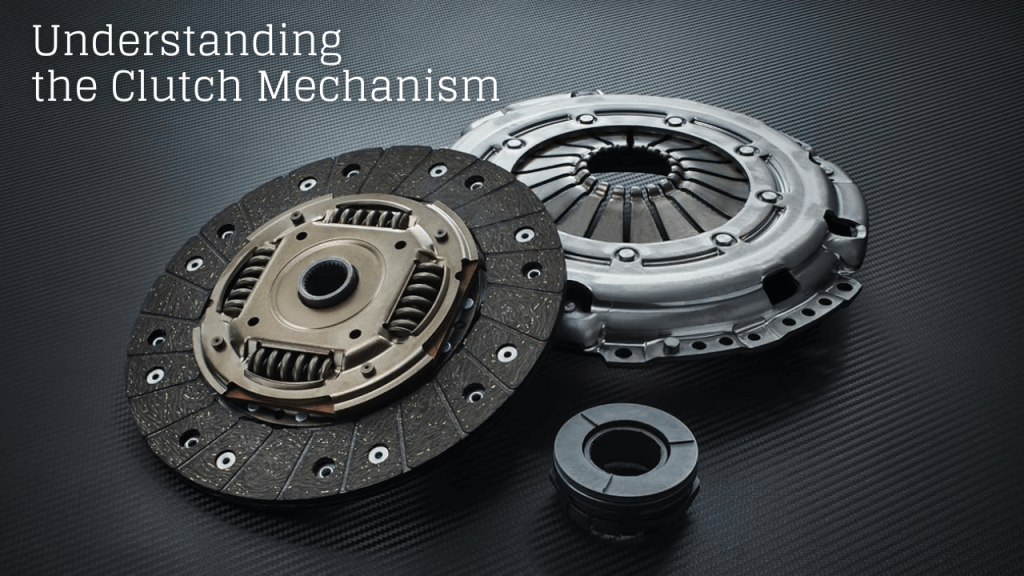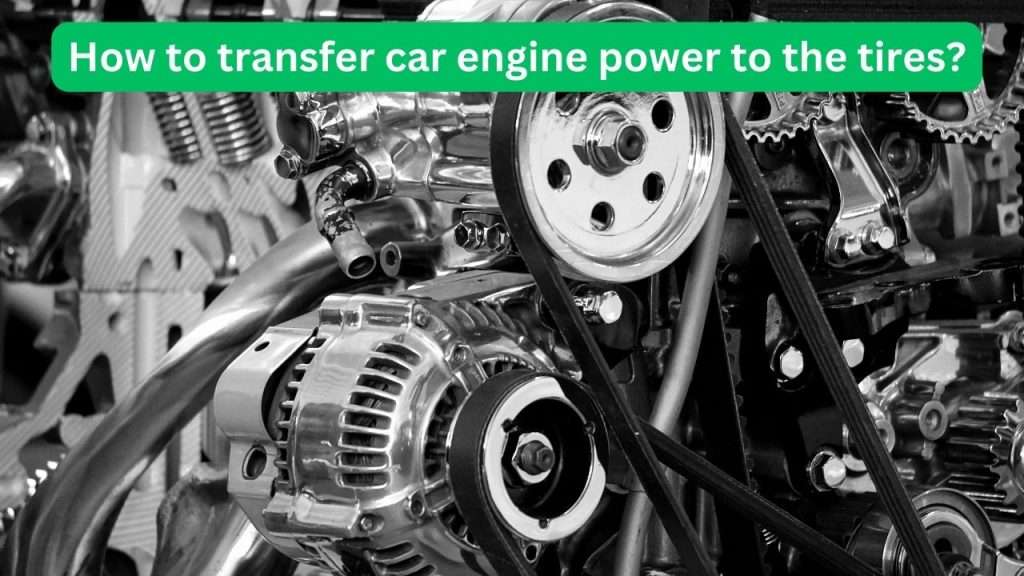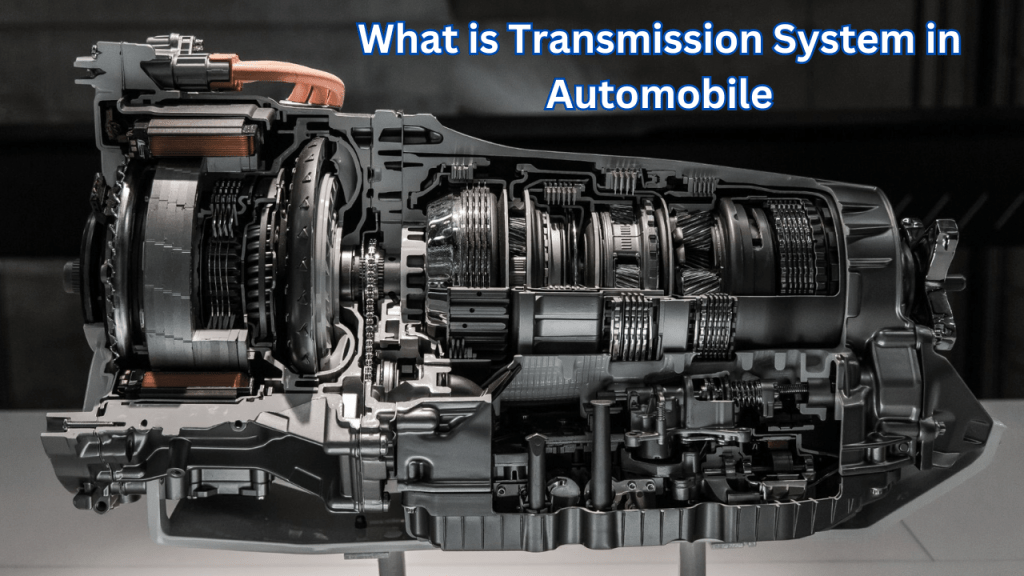(Power steering system diagram) – Power steering is a crucial component in modern automobiles that greatly enhances the driving experience. Whether you’re a car enthusiast or simply looking to understand the inner workings of your vehicle, this blog post will provide you with a comprehensive overview of power steering. We’ll explore what power steering is, how it works, the different parts of a steering system, and even troubleshoot common issues.
Power steering systemp- Reason to car run straight while driving

Even if the steering wheel is turned for cornering, when you release your hand from the steering wheel, the steering wheel will automatically return to its original position (straight forward position). This is because the car is made to run straight. Well, why do cars have to run straight?
If the driver is not constantly steering the steering wheel, if the car does not run straight, the driver will be very tired using nerve for driving. Also, the probability of occurrence accident will also increase if the car is swaying left and right, if the car will not steering the steering wheel. Therefore, in order to drive safely and comfortably, the car is designed to run straight unless it intentionally driver is operated steering wheel to turn the car.
What makes a car go straight?

Looking at the car from the front with the steering wheel fully turned left or right, it is not horizontal but it is a little inclined. This is a very unstable condition for cars. When you are in such a state while driving, the power to try to return to the original stable state (straight traveling state) works on the car. This is similar to returning to a stable state (balanced state) when a balancing toy becomes unstable when you apply force to the balanced a balancing toy, and when you release your hand.
What is Power Steering?
Power steering is a device that makes it possible to turn the steering wheel with a light force even at low speed or at a stop, and is currently installed in many cars. Also, by installing the power steering, the steering operation can be lightened, we do not need to increase the steering gear ratio so much and improving the responsiveness of the steering.
For vehicles not equipped with power steering, the steering operation becomes lighter as the speed of the car goes up, and as the speed gets slower, it gets heavier. Therefore, when parking the car to garage or the car is stopped, a great force require to turning the steering wheel.
how does power steering work in a car?
How does a steering wheel turn a car?
How does the direction of the tire change and turning the car by turning the steering wheel?
① Turn the steering wheel
When the driver turns the steering wheel, its force is transmitted to the steering gear box.
② The direction and magnitude of force will change
Change the direction rotary motion to reciprocating motion. Also, increase the magnitude of the force so that the driver can operate easily.
③ The tire changes direction
The force changed to the reciprocating motion is transmitted to the knuckle arm, it changes to the swinging motion of the tire, and the direction of the tire is changed.
④ The car turns
What is Hydraulic Power Steering System?
The hydraulic power steering system is the most commonly used type in vehicles. Let’s take a closer look at its components and how they work together:
1. Power Steering Pump
- The power steering pump is driven by the engine and generates hydraulic pressure.
- It consists of a pulley, pump housing, and vanes that create suction and push hydraulic fluid under pressure to the steering gear.
2. Fluid Reservoir
- The fluid reservoir stores power steering fluid, acting as a storage tank and providing a constant supply to the system.
- It also helps remove any air bubbles from the fluid, ensuring optimal performance.
3. Steering Gear
- The steering gear, commonly known as the rack-and-pinion, is responsible for converting the rotational movement of the steering wheel into linear motion.
- It consists of a rack (a toothed bar) and a pinion gear that meshes with the rack.
- When the steering wheel turns, the pinion gear moves the rack, which in turn controls the direction of the wheels.
4. Steering Linkage
- The steering linkage is a system of rods and joints that connects the steering gear to the wheels.
- It ensures that the wheels turn simultaneously when the steering wheel is rotated.
- Common components of the steering linkage include tie rods, pitman arms, and idler arms.
Electric Power Steering System (EPS)
In recent years, electric power steering systems have gained popularity due to their efficiency and improved fuel economy. Here’s how they differ from hydraulic systems:
1. Electric Power Steering Motor
- Instead of a hydraulic pump, electric power steering systems use an electric motor.
- This motor applies torque directly to the steering column, assisting the driver in turning the wheels.
- Electric power steering systems are more responsive and can adapt to various driving conditions.
2. Control Unit
- The control unit, often referred to as an Electronic Control Module (ECM), regulates the electric power steering system.
- It continuously monitors the driver’s input, sensors, and vehicle speed to provide the appropriate level of assistance.
- Through precise algorithms, the control unit optimizes the steering assistance based on the driving situation.
Comparing Hydraulic and Electric Power Steering Systems
Both hydraulic and electric power steering systems have their advantages and disadvantages. Let’s compare them:
Hydraulic Power Steering System
- Pros:
- Provides a more traditional and “road feel” steering experience.
- Generally more affordable to repair or replace components.
- Proven technology with a long history of reliability.
- Cons:
- Relies on hydraulic fluid, which requires regular maintenance and can leak.
- Power loss from driving the hydraulic pump reduces fuel efficiency.
Electric Power Steering System
- Pros:
- Offers better fuel efficiency by eliminating the need for a hydraulic pump.
- Can adapt to different driving conditions, providing variable steering effort.
- Provides more precise control and better road feedback.
- Cons:
- Potential electrical system complexities may lead to more expensive repairs.
- Initial cost can be higher compared to the traditional hydraulic system.
Troubleshooting Common Power Steering Issues– power steering system diagram
While power steering enhances the driving experience, occasional issues may arise. Here are some common problems and their potential causes:
car makes noise when turning
If you hear a noise when turning your vehicle, it could be due to a variety of factors. Possible causes include low power steering fluid, a faulty pump, worn-out belts, or a damaged steering gear. It is advisable to have a professional inspect and diagnose the issue to prevent further damage to the steering system. Learn more
Power Steering Leaks When Car is Off
If you notice power steering fluid leaking from your vehicle when it’s turned off, it could be indicative of a leak in the system. Common areas for leaks include the hoses, fittings, and the power steering pump itself. It is crucial to address leaks promptly to prevent the steering system from losing functionality.




